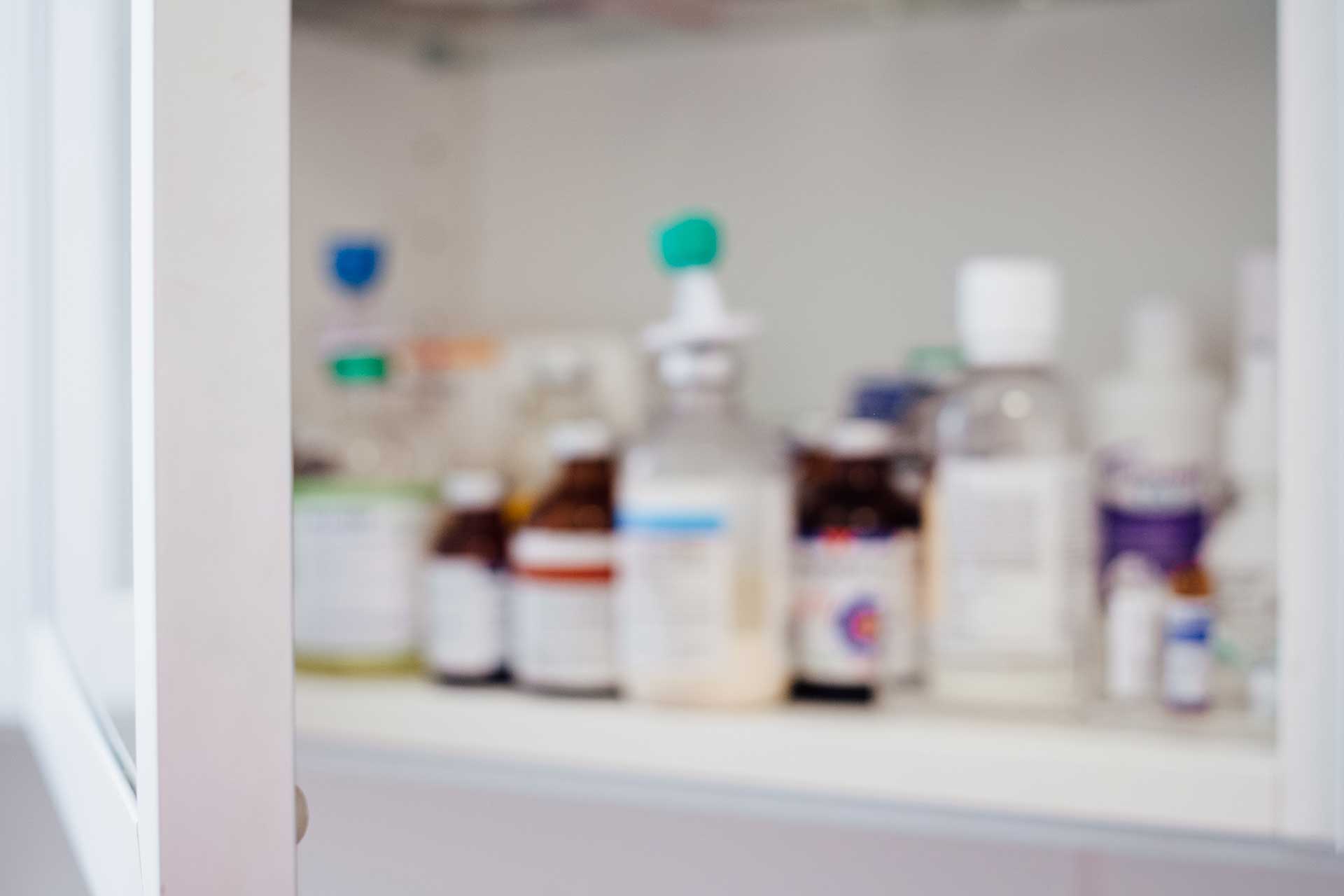Top ten reasons stopping drug diversion in healthcare settings is a growing issue that should be on every healthcare organization’s radar.
10 Statistics That Highlight Why Drug Diversion Should Be on Every Healthcare Exec’s Watch List
Drug diversion in healthcare settings is a growing issue that should be on every healthcare organization’s radar. While many medical establishments have stepped up their efforts to address drug diversion, there’s always room for improvement.
While healthcare leaders are busy, drug diversion is one issue that can no longer be put on the back-burner, because it impacts everyone, from the organization itself down to the provider, patient and their loved ones.
Here are 10 statistics that underscore the urgency of stopping drug diversion in healthcare settings.
#1: Approximately 10 percent to 15 percent of all healthcare professionals will misuse drugs or alcohol at some time during their career, according to the National Council of State Boards of Nursing.
Healthcare professionals come in contact with drugs like fentanyl or oxycodone every day. And it only takes one incident of diversion, such as a nurse reusing patients’ syringes, to wield a life-altering impact, such as the spread of Hepatitis C to 45 patients.
#2: 65 percent of healthcare workers believe most diversion goes undetected.
As a 2017 Porter Research survey (PDF) suggests, most drug diversion incidents aren’t detected or reported. And as anyone in law enforcement will tell you, healthcare workers who divert drugs will do everything to cover their tracks to avoid getting caught.
#3: 22 percent of providers’ healthcare facilities lack an established diversion–prevention program
The Porter Research survey revealed one out of five healthcare organizations don’t have a program in place to prevent drug diversion – which leaves patients, providers and organizations especially vulnerable to clinical and financial consequences. Also, 65 percent of respondents reported their facility had less than a single full-time employee (FTE) focused on diversion, and 25 percent said their facility had less than 0.25 FTE (less than 10 hours per week for a single person).
#4: The DOJ made 50+ enforcement and 280+ administrative actions related to drug diversion in 2018 alone.
Last year, the Department of Justice (DOJ) and the U.S. Drug Enforcement Administration (DEA) announced the largest-ever healthcare fraud enforcement action — including 165 doctors, nurses and other providers — for their participation in a $2 billion fraud scheme: 162 defendants, including 76 physicians, were charged for their roles in prescribing and distributing opioids and other dangerous narcotics.
#5. Between 1983 and 2013, at least 200 confirmed patients contracted Hepatitis C and/or a bacterial infection because of drug diversion.
As this striking infographic reveals, incidents of drug diversion in healthcare settings have become more frequent, and wielded a more profound impact, over the last 30 years.
#6: Every day, more than 130 people in the U.S. die after opioid overdose
According to the CDC, 70,237 drug overdose deaths occurred in the United States in 2017. The age-adjusted rate of overdose deaths increased significantly by 9.6 percent from 2016 (19.8 per 100,000) to 2017 (21.7 per 100,000). Sadly, these figures also account for healthcare workers (such as these drug-addicted nurses who passed away in the Dallas hospital where they worked).
#7: The cost of drug diversion is more than $70 billion per year.
This, according to the CDC, includes the cost of healthcare, loss in productivity, addiction treatment and criminal justice involvement.
#8: During a 5-year period, 300 investigators reported an average of 35 cases of per day of prescription drug diversion.
The most widely diverted opioid was hydrocodone, in that it was mentioned in 38.2 percent of the cases, followed by oxycodone, mentioned in 24.3 percent of cases, according to the American Journal of Health-System Pharmacy. The DEA reported that 563,677 methadone dosage units (10 mg/unit) and 226,519 OxyContin (oxycodone) tablets of all strengths were stolen during the period 2001-03, with 23.1 percent and 28.0 percent of those thefts, respectively, attributed to employee pilferage.
#9: Drug-poisoning deaths related to heroin almost doubled between 2013 and 2016, according to the DEA’s 2018 National Drug Threat Assessment.
In 2016, approximately 174 people died every day from drug poisoning, outnumbering deaths by firearms, motor vehicle crashes, suicide and homicide. Additionally, in 2017, synthetic opioids such as fentanyl were involved in nearly 30,000 deaths.
#10: For a majority of hospitals, an estimated 80 percent to 93 percent of diversion is still going undetected.
The failure to detect drug diversion when it occurs is known as a “false negative” — and it’s more common than you might think. For a typical, mid-size, 500–bed hospital, national estimates suggest that roughly 25 to 75 individuals are at risk for diverting at any time. However, 65 percent of hospitals surveyed investigated five or fewer diversion cases annually.
While many of these data are sobering, they serve to highlight the importance of drug diversion — and why diversion-mitigation efforts should top healthcare leaders’ to-do lists. For more information on what healthcare organizations can do, visit HealthcareDiversion.org’s resource pages.



